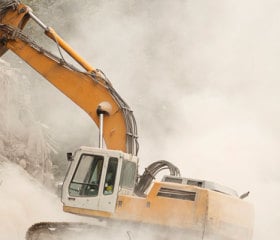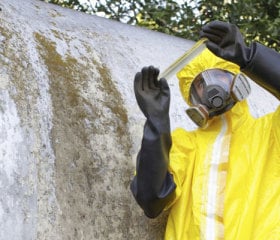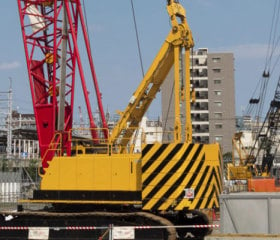
Through detailed and thorough planning, the hazards of demolition and decommissioning can be greatly reduced.
Demolition and decommissioning are highly hazardous tasks. Robust safety management is essential to protect the health and safety of both the work environment and employees. Through thorough planning and transparent communication, these hazards can be reduced.
The steps to a successful, safe demolition and decommissioning are as follows:
Before any demolition or decommissioning work commences, a risk assessment of plant, buildings and equipment must be completed. It should take into account:
Workers who are involved in demolition or decommissioning projects should receive induction training. This will familiarise them with the tasks required and the environment they’ll be working in, as well as the health and safety processes involved.
A detailed plan must be prepared before any demolition work goes ahead. The plan should include the demolition method and applicable safety measures that are needed to ensure worker health. If environmental damage will occur as a result of demolition work, this needs to be included in the plan as well.
Demolition planning should always be conservative, aiming to consider any possible hazards that may arise during the process.
Where required, the plan should be submitted to the relevant authorities.
Any external parties that may be affected by the demolition work, for example, neighbours to the worksite, should be informed when this work is about to commence.
During decommissioning the buildings or equipment involved should be sign posted and access to them restricted.
Other considerations such as permits to work, personal protective equipment, waste treatment and disposal procedures should be followed.
The rehabilitation of land once the demolition or decommissioning has occurred should include the restoration of vegetation.
The information on this site is of a general nature only. It does not take your specific needs or circumstances into consideration. You should look at your own situation and requirements before making any decisions.

2 min read
2 min read
Contractors and their skills are a valuable addition to the worksite, but they can pose risks to safety. ...

2 min read
2 min read
Keep staff required to work in confined spaces safe with expert advice....

2 min read
2min read
Air quality is critical to human performance. Breathe easy with these measures....

3 min read
3 min read
Construction sites present many hazards. Clients can influence safety outcomes with a thorough safety plan. ...
26 Park Street
South Melbourne
Melbourne VIC 3026
Australia
P. O. Box 23
Telerah
NSW 2320
Australia
Suite 25 Ground Floor
185-187 High Street
Freemantle
WA 6959
Australia
P.O. Box 306 Black Rock VIC 3193 Australia